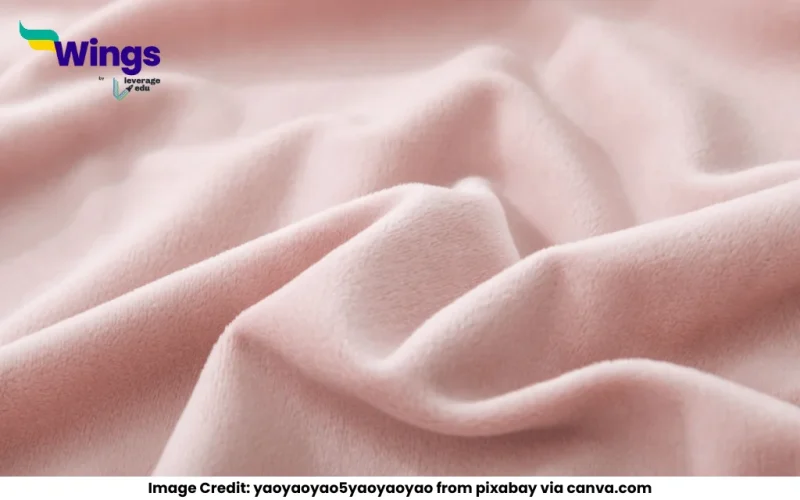Terylene, a synthetic polyester fibre, is widely used in textile manufacturing, packaging, industrial applications, and home furnishings due to its excellent durability, resistance to wrinkles, and moisture-wicking properties.
Introduction to Terylene
Terylene is a form of polyester, specifically polyethene terephthalate (PET), which was first developed in the mid-20th century. It is known for its high strength, elasticity, and resistance to environmental factors like moisture and UV rays. This makes it an essential material across various industries, from clothing to industrial applications.
Properties of Terylene
Learn about the properties of Terylene:
1. High Durability and Strength
One of the most notable properties of terylene is its exceptional strength. It can withstand wear and tear, making it ideal for products that require longevity, such as clothing, ropes, and industrial fabrics. This durability ensures that Terylene-based materials last longer than natural fibres.
2. Wrinkle and Shrink Resistance
Unlike cotton and other natural fibres, terylene does not wrinkle or shrink easily. It retains its shape even after multiple washes, making it a preferred choice for clothing manufacturers. This property helps produce low-maintenance, easy-care garments.
3. Moisture and Stain Resistance
Terylene exhibits excellent moisture-wicking properties, meaning it repels water rather than absorbing it. This makes it a great fabric for sportswear and outdoor gear. Additionally, it is resistant to stains, which enhances its usability in household furnishings and upholstery.
4. Heat and Chemical Resistance
Terylene is highly resistant to heat and chemicals, making it suitable for industrial applications. It does not degrade easily when exposed to high temperatures or harsh chemicals, ensuring longevity in environments that demand extreme conditions.
5. Lightweight and Elastic Nature
Terylene fibres are lightweight yet strong, which adds to their comfort when used in clothing. Additionally, they have good elasticity, providing flexibility and ease of movement in fabrics.
Uses of Terylene
Learn about the uses of Terylene:
1. Textile and Apparel Industry
Terylene is extensively used in making fabrics for clothing, including suits, dresses, shirts, and sportswear. The durability and wrinkle-resistant properties make it a preferred choice for everyday wear.
2. Home Furnishings
It is commonly found in home textiles such as curtains, bed sheets, and upholstery. The stain and moisture resistance of Terylene ensures that these products remain fresh and easy to maintain.
3. Packaging Industry
Terylene is used in manufacturing plastic bottles and food packaging materials. Its ability to retain its shape and resist chemicals makes it a suitable choice for storing consumables.
4. Industrial Applications
Terylene is used in manufacturing tyre cords, conveyor belts, and fishing nets due to its high tensile strength and resistance to harsh environmental conditions.
5. Medical Textiles
In the healthcare industry, Terylene is used to make medical fabrics such as surgical gowns and masks. Its durability and resistance to microbial growth enhance its effectiveness in medical settings.
Terylene is a versatile synthetic fibre with remarkable properties such as durability, wrinkle resistance, moisture-wicking ability, heat resistance, and lightweight nature. These characteristics make it useful in textiles, home furnishings, packaging, industrial applications, and medical textiles. Its widespread use continues to grow, proving its importance in modern manufacturing and daily life.
Common Doubts
 60,000+ students trusted us with their dreams. Take the first step today!
60,000+ students trusted us with their dreams. Take the first step today!


 One app for all your study abroad needs
One app for all your study abroad needs










